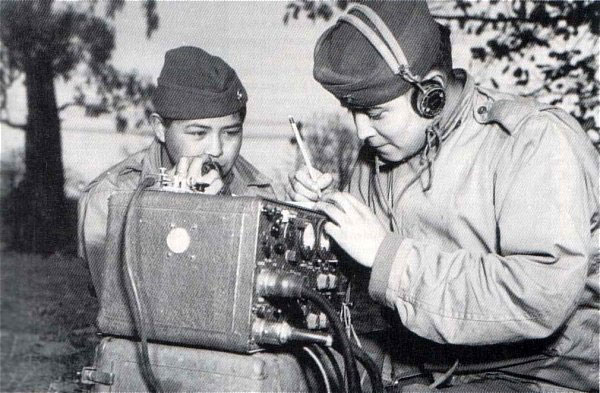With around 150,000 speakers, Navajo is the most widely spoken Native American language in the United States. Navajo, known to its speakers as Diné Bizaad, belongs to the Apachean language complex, a group that includes Chiricahua, Jicarilla, Mescalero, and other languages of the American southwest. Apachean languages are part of the Athabascan family, a language group that includes languages spoken by the indigenous (native) people of Alaska, British Columbia, and other parts of North America.
Navajo is a verb-centered language. The verb conjugation is very complex. This allows a Navajo verb to give lots of information without the help of additional words. For example, to say it is very far in English requires one verb (is) and three additional words. Translated into Navajo, the sentence has just two words: Ayóó (very) ánizáád (it is far). The verb ánizáád provides most of the information, and it requires just one additional word to convey the full message. A single Navajo verb can sometimes serve as a rough equivalent of an entire English sentence. For example, the Navajo word Yidla´ means he is drinking it.
During the 1800's and early 1900's, Navajo children were required by law to leave their families and live in government-run boarding schools. The purpose of “Indian schools” was to erase the traditional Navajo way of life, including the language, and to educate the children and instill in them the values of mainstream American culture. While living at these schools, children were only allowed to speak English. Speaking Navajo would often result in harsh punishment. In this way, a great many Navajo lost the knowledge of their native tongue. Luckily, many Navajo were still able to pass the language down to their children, and Diné Bizaad survives.

During World War II (1939-1945), the U.S. Marine Corps recruited more than 400 Navajo to serve as “code talkers” against Japanese forces. The code talkers sent vital messages to each other between front lines and command posts. The Navajo language was chosen as the basis for the code because of the complex structure, difficult pronunciation, and singsong qualities that made it nearly impossible to decipher.
Code talkers used familiar words to represent military terms. When referring to a fighter plane, they used the Navajo word for hummingbird. A destroyer warship became a shark, and bombs were eggs. Code talkers also developed an alphabet based on English words to spell names. One or more Navajo words could stand for each letter. For example, the Navajo word for ant indicated the letter a, bear signaled b, cat was c, and so on. The Japanese never broke the Navajo code.
Image 1: A Navajo woman teaches her daughter how to spin thread for weaving. Many parts of Navajo culture—including the language known as Diné Bizaad—have been passed along from one generation to the next. Credit: © Thinkstock
Image 2: This photograph shows young Navajo code talkers operating a radio during World War II (1939-1945). The Navajo language was unknown to the Japanese and proved impossible for them to decipher. Credit: NARA